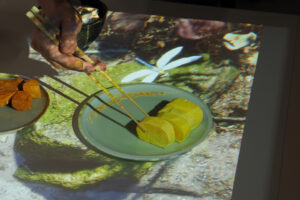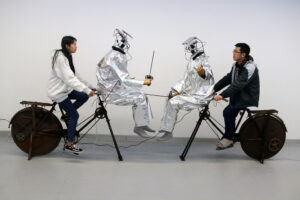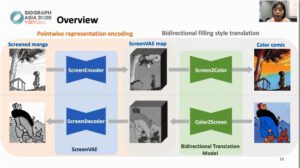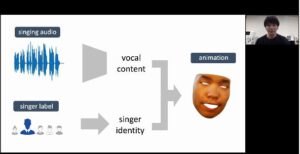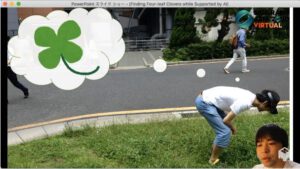Just as the SIGGRAPH main event in the US already did this summer, the offshoot event SIGGRAPH Asia also had to go digital for an annual regional showcase of computer graphics. Organized like the original show as a mixture of live broadcasts and on-demand program offers, this virtual event with a focus on Asian developments added quite some diversity to the general SIGGRAPH equation.
The program included keynotes on virtual production and animation history, technical papers, art installations, emerging technology experiments, an electronic theatre show and a newly created game section. Most programs were a collection of short video lectures and scientific abstracts. Art installations and XR experiments were less palpable in these digital presentation frameworks than research papers and animation films. But the scope of topics was very broad, and things got fascinating whenever the regional culture shined through technological innovations.
Manga and Manhwa culture form the background for automated animation techniques to adapt their traditional grayscale style to the demand for colouring in Western comic book markets. The same goes for visualization applications translating traditional 2D drawings into spatial 3D perspectives for better handling, reading and publishing in VR. In line with the like-minded tradition of puzzle challenges, algorithms now automatically fold accurate Origami object representations out of scattered point clouds.
Character animation plays an important role in Asian media and marketing communication with virtual idols and animé. SIGGRAPH Asia demonstrated technical procedures to represent individual singing behaviours for Karaoke avatars as well as behavioural concept strategies for the user-centric design of multi-player worlds and virtual meeting spaces. In terms of VR, I was most impressed by original experimentations for backwards locomotion in virtual environments, a crucial but rather neglected field of research for more comfort in VR.
While virtual SIGGRAPH in the US could build on numerous Asian contributions in the highly experimental domain of interaction haptics, SIGGRAPH Asia already prepares for the post-COVID era: contactless interface solutions shall replace infectious touch controls. The most helpful and effective innovation in this regard was an impressive AR application for pattern recognition of luck-spending four-leave clovers in the open wild – made in Asia for superstitious Europeans.
Just like the original version, the Asian offshoot also knows to impress with a high-quality mixture of scientific and industrial presentations. Stunning advancements in virtual production, animation and game cinematics mostly came from the American entertainment industry. But this acceleration of complexity in digitized media production goes hand in hand with inflationary product values under current streaming conditions. The economical focus on the front screen may prevent these global players to see what is growing at their back. They could miss a couple of four-leave clovers whose detection became significantly easy at SIGGRAPH Asia 2020 Virtual.

